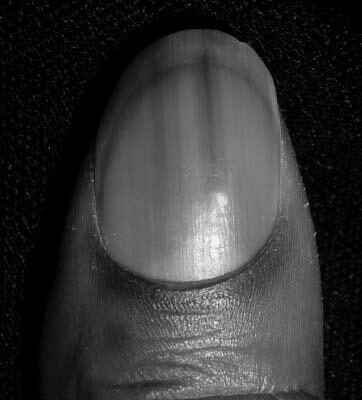Why Do I Get Dark Lines in My Fingernails?
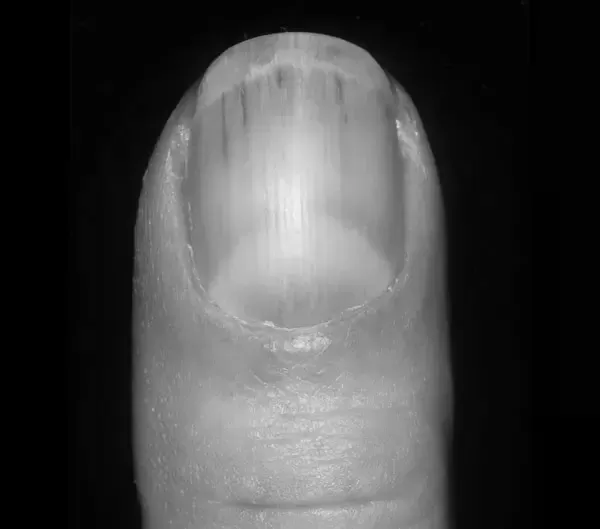
You are not alone if you’ve ever wondered why you get dark lines in your fingernails. This condition can occur for many reasons. While some are benign and temporary, others can be symptoms of a more severe disorder. Whenever you notice your fingernails turning black, you should schedule an appointment with your family doctor to determine the cause and find an effective treatment.
Beau’s lines
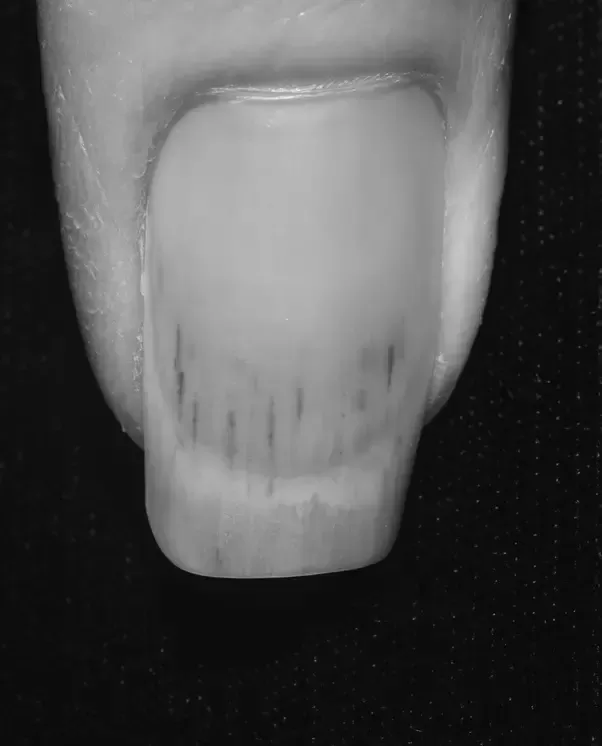
If you are concerned about the appearance of lines on your nails, you may have Beau’s lines in your fingernails. These lines are depressions in the nail caused by trauma, infections, and systemic diseases, such as COVID-19. A recent illness or a flare-up of a chronic inflammatory disease may also cause Beau’s lines. Lastly, recent exposure to a chemical or virus can cause Beau’s lines in fingernails.
In contrast, a bottomless Beau’s line indicates a severe episode of stress or illness. A series of lines show multiple recurrent episodes of the same disease. Typically, a bottomless Beau’s line suggests a chronic infection or a sudden disease onset. A sloping distal margin shows that the condition was insidious and an inherited trait. The lines are sometimes permanent, but they should be treated to prevent further complications if they persist.
Besides looking unsightly, Beau’s lines can be pretty frightening for clients. If you’ve ever seen this condition on someone’s fingernails, you may feel the panic in their eyes. Sometimes they may even blame you for creating it. If you notice that a client has several Beau’s lines on several nails, it’s tempting to suggest a removal. However, it’s important to remember that these lines are not dangerous, and they are usually caused by something else, such as a chronic illness or injury.
If you’ve had surgery or had chemotherapy, there’s a good chance you’ve developed Beau’s lines in your fingernails. It can happen after cancer treatments, as powerful anticancer drugs may obstruct the development of the nail matrix. Additionally, you might have suffered from an infection such as mumps. This highly contagious disease affects the reproductive system and is known to cause Beau’s lines.
Splinter hemorrhages
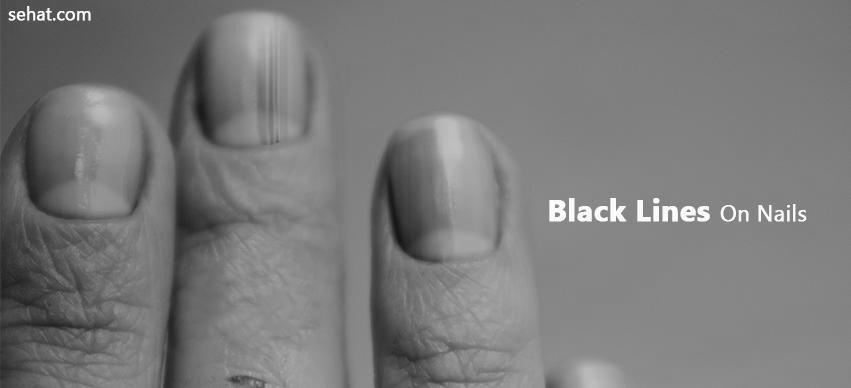
You’ve probably wondered why you get dark lines under your fingernails. These streaks, which run vertically under your nails, may indicate some serious health problems. Splinter hemorrhages are usually harmless, but if they occur in a region where blood flow is restricted, they could tell endocarditis. In addition, new splinter hemorrhages could mean that you have an underlying heart condition, such as endocarditis.
There are many causes for dark lines under your fingernails. Some of them are harmless and temporary. Others are signs of an underlying disorder. It’s always good to schedule an appointment with your family doctor if the lines continue to grow and are not accompanied by other symptoms. You’ll be able to determine the underlying cause of the dark lines and how to treat them effectively.
Depending on the cause, dark lines under your fingernails could indicate a more serious health problem. While they’re harmless, they can be signs of something more serious, including an enlarged prostate. If you notice any changes in your nails, see a doctor. Sometimes, these changes are symptoms of an underlying health issue, such as diabetes or kidney disease. If you’re concerned, you can also visit a dermatologist.
Other causes for dark streaks under your fingernails include trauma, psoriasis, and simple heredity. You may also notice a reddish-brown bar at the top of your fingernail. Sometimes, these streaks are caused by melanoma, a type of cancer that causes similar symptoms.
Squamous cell carcinoma
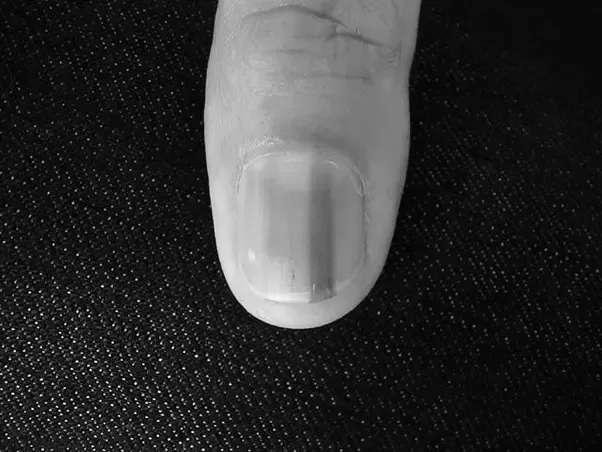
Squamous cell carcinoma is a disease that affects the epidermis. It develops when an abnormal growth of squamous cells occurs in any area of the body. The chief cause is UV exposure, which increases the risk of cancer. Although it usually affects the fingernails, squamous cell carcinoma can affect other body parts, including the genital region and mouth.
Although most dark lines under the fingernail are harmless, a few are a sign of a malignant condition. Splinter hemorrhages are vertical and do not change appearance with pressure. They may appear in more than one location under a fingernail. A horizontal stripe on the nail can be caused by ethnic pigmentation and may not be harmful. However, if this stripe continues for several weeks, it could indicate subungual melanoma.
Surgical excision remains the standard of care for SCC. Patients with early-stage SCC may be candidates for Mohs micrographic surgery. This procedure allows surgeons to remove the diseased portion of the nail with minimal scarring and identifies the presence of periosteal invasion. Wide surgical excision requires cutting the pin to 4 mm of normal tissue at the margin of the tumor.
In addition to SCC, a patient may have pigmentation on their fingernails due to an infection. The pseudomonal disease causes a green discoloration usually caused by repeated minor trauma to the nail apparatus or a chronically wet environment. People who work in moist environments or who are chronic nail biters should be vigilant about the appearance of these patches. Several medications can cause dark lines under the fingernails.
Lung disease
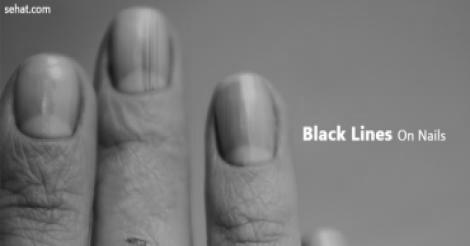
People suffering from various health conditions may have different reasons for the appearance of dark lines in their fingernails and toenails. These variations in nail color may signal underlying health issues and are essential to seeking medical treatment. Listed below are some causes of dark lines in fingernails and toenails. Lung disease is one of the most common causes of these changes. However, other conditions can also cause these changes.
The development of clubbing or dingy nails may sign underlying lung disease. Other causes are inflammatory bowel disease, HIV/AIDS, thyroid, and heart disease. Nail clubbing can also be caused by smoking. While clubbing may be the most common cause, it may also signify other medical conditions. For instance, if your fingernails have dark lines, you may have lung cancer.
A recent Facebook post about a British woman’s unusual fingernails triggered a massive online reaction. The woman’s fingernails were curved downward and were growing straight out of the nail bed. Many people commented and advised her to seek medical treatment. As it turns out, she had lung cancer. While clubbing of fingernails is an unusual sign of lung cancer, it usually occurs with joint pain.
Other conditions that may cause a blue color in fingernails include asthma, chronic obstructive pulmonary disease, acute respiratory distress syndrome, and pneumonia. In addition to these, people with a bluish tone may also have a fungal infection or a thyroid disorder. If the fingernails are a bright yellow color, it may signify diabetes or psoriasis.
Rheumatoid arthritis
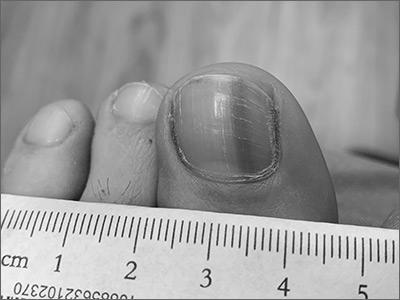
One of the most common signs of RA is dark, ridged fingernails. These changes are usually indicative of systemic disease. In some cases, the nails may also be shaped like “pincers.” The condition may be associated with other symptoms, including fatigue, weakness, and clumsiness. A biopsy is required to determine if the dark lines are caused by a tumor or a more severe condition.
Inflammation in the joints is caused by rheumatoid arthritis. This inflammation causes the joint capsule to lose its ability to hold the joint in a fixed position, causing it to become unstable and move into unnatural positions. People with rheumatoid arthritis may experience chest pain, swelling, and inflammation. They can develop these symptoms in any joint, although they are most common in small joints. They can also develop skin ulcers and rashes in the larger areas of the body.
If you see dark lines in your fingernails, you may have rheumatoid arthritis (RA), an autoimmune disease. This disease attacks the joints and joint lining, leading to inflammation and tissue damage in the joints and bones surrounding them. If you notice changes in your fingernails before you experience other symptoms, you should visit a doctor for an evaluation. Treatment can help reduce the severity of the signs and improve your quality of life.
Exercise is a vital part of rheumatoid arthritis treatment. Regardless of your age, it would help if you aimed to get at least 30 minutes of physical activity five times a week. Community centers and gyms often have exercise classes for arthritis patients. Avoid smoking as this can make symptoms worse. Additionally, eating foods that reduce inflammation may help. It is important to remember that exercise and a healthy diet are crucial in treating rheumatoid arthritis.
Healthy Tips For Healthy Nails
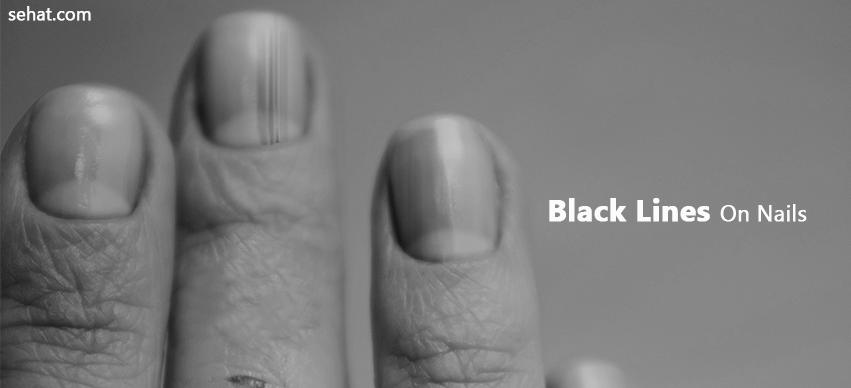
If you’re constantly scrubbing your hands with harsh emery boards and soaps, you might dehydrate your skin and weaken your nails. But there are ways to avoid this and still have healthy, strong nails. Drink plenty of water and avoid using hardeners and harsh emery boards for starters. You can also take good care of your cuticles.
Avoiding harsh emery boards
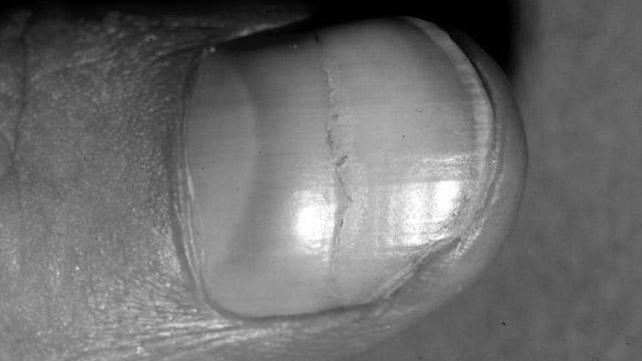
Emery boards are made of sandpaper on a cardboard stick. They are used to shape nails, file down rough edges, and tame jagged edges. The coarseness of the grit depends on the type of nail. Stick with a smoother emery board for healthy nails and file your nails only in one direction. When choosing an emery board, select one with a finer grit.
Another option for nail care is to use a glass nail file. In multiple directions, grit levels of 180 are better for healthy nails. Unless your nails are extremely thick, you should still use an emery board. However, if you’re trying to avoid harsh emery boards, choose a glass nail file instead. Otherwise, you’ll end up with brittle, thin nails.
A wooden emery board isn’t a good choice for a manicure. The material will deteriorate, and it’s best to replace them every three months. On the other hand, a glass file will last forever if appropriately cleaned. To clean it, use warm water and gentle soap. And if you’re worried about the shape of your nails, you can submerge the emery board in a saturated solution of 70% to 90% alcohol.
The most common type of emery board is the emery board. While emery boards are convenient, they can be hard on nails and cause damage. Opt for a softer emery board if you’re trying to achieve a smooth finish. You can also opt for a crystal nail file. These boards have a high-quality adhesive and are available in different sizes.
Taking care of your cuticles
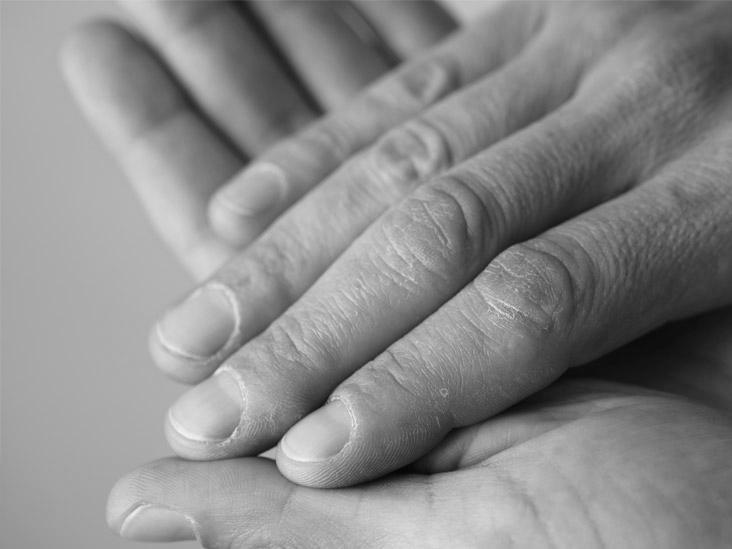
If you’ve ever gotten dry cuticles, you know how much of a problem they can be. Bacteria or clogged pores can cause dryness. It’s best to keep your cuticles moisturized at all times. Use water to soak your hands and feet before you apply cuticle oil. If they’re scorched, you might want to apply moisturizer.
It’s also good to keep your cuticles hydrated by soaking your hands and feet in warm water for 10 minutes a day. Can soften them and prevent them from cracking or getting infected. You can also moisturize your hands and feet to prevent them from drying out and cracking. However, do not try to cut your cuticles. According to the American Academy of Dermatology and Mayo Clinic, cutting your cuticles is not a healthy or safe practice.
The foundation of healthy nails is hydration. Cuticles need to be moisturized to be strong. Using moisturizing lotions like Aquaphor or Vaniply will help keep your nails hydrated and prevent cracking. Another healthy tip for healthy nails is to wear gloves while working or playing sports. A lot of trauma can cause cracks and brittle nails.
The main reason for not trimming your cuticles is that they can tear easily. Furthermore, they can be a temptation to bite. Biting your cuticles can lead to bleeding, painful skin tearing, and unhealthy nails. You can also use olive oil to moisturize your cuticles and leave them alone overnight. A product such as Superfood Repair Oil by Nails Inc. will provide moisture to your cuticles.
Drinking plenty of water
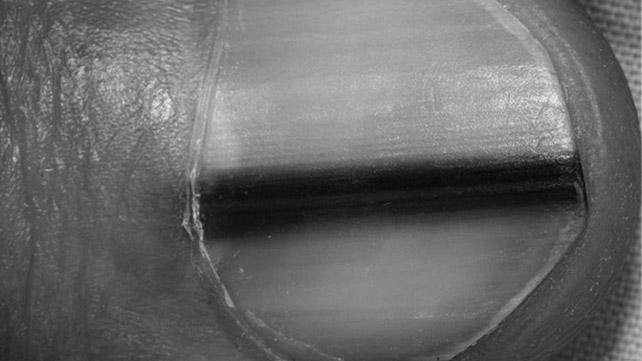
While you probably already know that drinking plenty of water is essential to having healthy nails, did you know that it can weaken your nails? If you’re suffering from vitamin and mineral deficiencies, your nails may be more vulnerable to brittleness. Your diet can affect your entire body, so include plenty of fruits and vegetables in your diet to support healthy nail growth. Additionally, lean meats, leafy greens, eggs, nuts, and whole grains are all excellent choices to help you grow long, strong nails. If you’re unsure what to eat, try adding more protein to your diet to strengthen your nails.
Aside from preventing brittle nails, staying hydrated is also beneficial for hair, skin, and nails. In addition to your nails, staying hydrated can help you stay healthier overall and boost your mood. If you’re not drinking enough water, try adding a glass or two of water to each meal or carry a water bottle with you. Try to drink at least a liter of water every day.
In addition to reducing your risk of vitamin and mineral deficiencies, you should avoid soaking your hands in water. Water-soaked nails can become brittle and weak, and you should wear gloves when washing your hands. Taking supplements or gels to help strengthen your nails is also a good idea. One of the best ways to get biotin into your body is to eat more foods rich in biotin. Biotin, also known as vitamin B7, is a fat-soluble vitamin that bypasses the digestive system and is easily absorbed into the skin.
As the number of research on drinking water increases, you may have noticed that some people don’t drink enough water. While water is essential for overall health and keeps the body functioning, lack of water affects how we look and feel. You can combat this by boosting your water intake both externally and internally. Fortunately, drinking plenty of water is easy to do. Just remember to stay hydrated and see the benefits in no time.
Avoiding hardeners
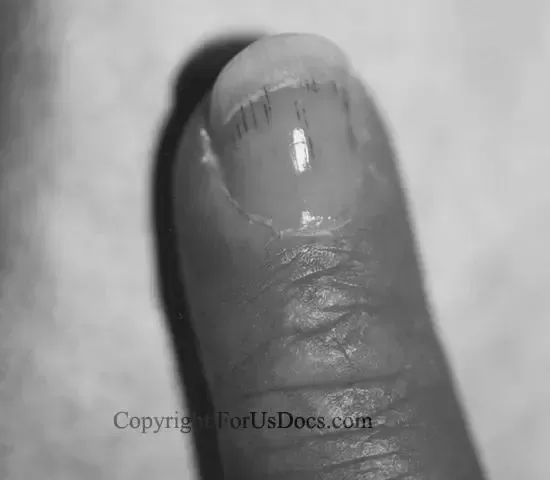
If you want to protect your nails and keep them looking their best, you should avoid using hardeners. Some of these products contain harsh chemicals to strengthen your nails, while others have natural ingredients that promote healthy nail growth. It’s essential to find out which hardeners are safe and which aren’t before you start your shopping spree. Read on to learn more about these controversial products and avoid them.
Nail hardeners can be either cross-linking or reinforcing. The cross-linking hardener bonds Keratin Protein in your nails to make them stiff and rigid. Reinforcing hardeners work similarly but form a protective layer over your nails. While they make them feel rigid, they are not harmful in small doses. However, they aren’t recommended for people with thin nails.
Although you can make your nails longer with the help of nail hardeners, this is not the right approach for everyone. These products cause your nails to become brittle and inelastic, making them more likely to break. Furthermore, some nail hardeners contain harmful ingredients like formaldehyde, which damages your nails over time and can lift them. If you absolutely must use this product, try to find alternatives. If formaldehyde is your only option, use it sparingly and only when you’re sure you won’t have to use it regularly.
If you’re worried about the health of your nails, you should avoid using nail hardeners. They may work temporarily, but they won’t solve the problem of weak, brittle nails. The best way to get healthier nails is to moisturize them regularly. You can use a moisturizing oil or cream to moisturize your nails. It’s a good idea to use a nail hardener every once to prevent the brittleness from returning.
Avoiding harsh chemicals in nail polish
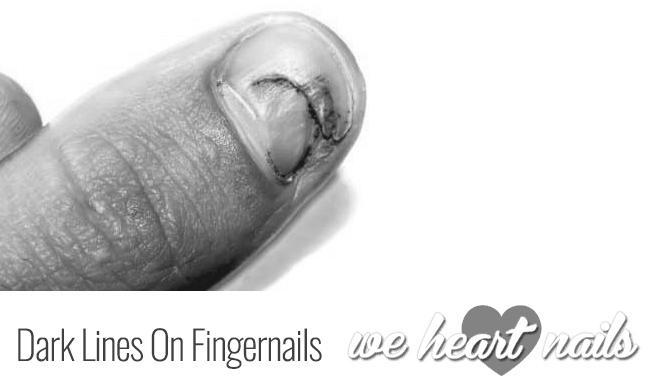
Using nail polish can expose you to several toxic ingredients. Many of these ingredients are unhealthy for all people. Some are especially harmful to pregnant women, children, and young people. Check the label to avoid nail polish and protect your body from these chemicals. You can check the ingredients of any brand with the Environmental Working Group database. Toluene, for example, is a common plasticizer, but it is also linked to liver and kidney damage. And dibutyl phthalate is related to reproductive issues.
Camphor is another ingredient. This natural ingredient is found in the wood of camphor trees, but nail polish removers often contain it. Its fumes can be toxic, and repeated exposure can result in neurological damage, reduced brain functioning, respiratory problems, nausea, and liver dysfunction. If you’re prone to allergic reactions, avoid using nail polish and look for a natural alternative.
To avoid exposure to TPHP, read the nail polish labels and check the EWG Skin Deep database for its content. It’s estimated that 49 percent of nail polishes contain this ingredient. Also, avoid using nail polish with toluene, formaldehyde, or dibutyl phthalate, which are all carcinogenic and can cause skin and breast cancer. If you have children, talk to them about the dangers of nail polish and try to model healthy behavior by avoiding them.
Another chemical to avoid in nail polish is toluene. It is a common solvent added to nail polish to create a smooth finish across the nails. It’s found in gasoline and has been linked to many health risks. Formaldehyde is known to cause lung and respiratory cancer and is a carcinogen. It’s also highly toxic for salon employees.
